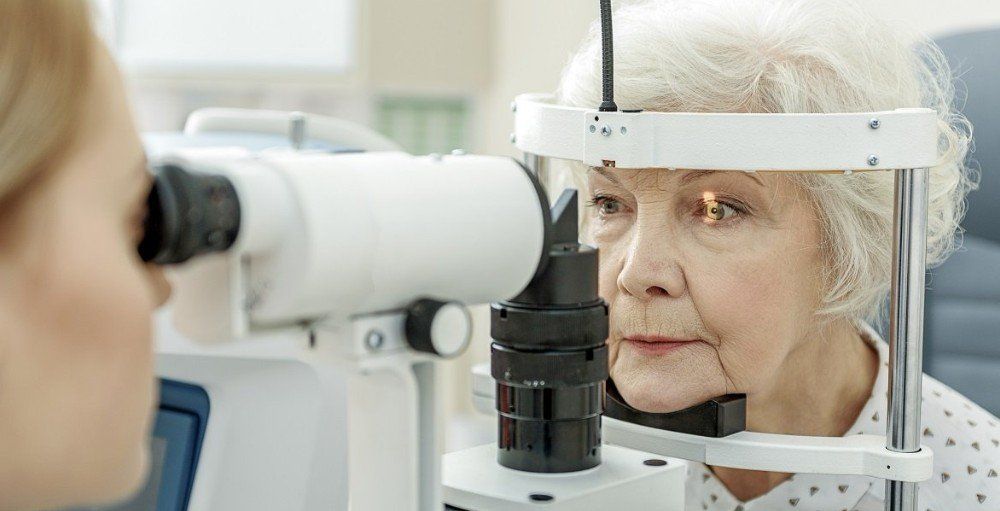Your trusted local source of superior eye care for you and your family.
Glaucoma Treatment

Preserve Your Vision with Effective Glaucoma Diagnosis and Treatment
Affecting almost three million Americans, glaucoma is a degenerative eye disease that can lead to vision loss and even blindness. Fortunately, with proper treatment, the condition can be managed and vision preserved. Since glaucoma has no warning signs, regular screenings are essential for the early detection and treatment of the disease in order to prevent vision loss.
Understanding Glaucoma
The cause of increased eye pressure is usually due to an imbalance between the production of eye fluid (aqueous humor) and drainage of that fluid from the eye. The two most common types of glaucoma are open-angle glaucoma and angle closure glaucoma.
- Open-angle glaucoma accounts for 90% of all glaucoma cases. With this type of glaucoma, the angle between the iris and cornea is relatively wide as it should be, but drainage is inadequate through microscopic channels. Optic nerve damage is usually asymptomatic until peripheral vision loss begins.
- Angle closure glaucoma involves the sudden closure of the area between the cornea and the iris which prevents fluid drainage. The eye pressure can increase dramatically and can cause acute loss of vision, severe eye pain, nausea/vomiting, headaches, seeing halos around lights and redness/light sensitivity. Several episodes of acute closure glaucoma can lead to chronic angle closure.
Specialized Tests for Glaucoma
The following diagnostic tests are used to detect glaucoma at an early stage so that treatment can be administered to slow its advancement:
- Optical Coherence Tomography (OCT) is an imaging test that uses light waves to analyze the health of the optic nerve.
- Visual Field Testing is used to check peripheral vision. Chronic glaucoma often impairs far peripheral vision first and this can only be detected by detailed testing.
- Corneal Pachymetry is used to measure the thickness of the cornea, which can affect the reliability of the intraocular pressure reading. Thin corneas are also an independent risk factor for glaucoma.
- Gonioscopy testing utilizes numbing drops to anesthetize the eyes before placing a mirrored contact lens on the eye which reflects the angle between the iris and cornea. Gonioscopy can help determine whether the glaucoma is acute or chronic.
Glaucoma Treatment Options
There are several treatment options for glaucoma. The proper treatment is dependent on the type of glaucoma and how far it has progressed. Medicated eye drops can reduce intraocular pressure either by decreasing the amount of fluid produced in the eye or by improving the outflow of fluid from the eye.
If eye drops are not completely effective or tolerated, the next step is Selective Laser Trabeculopasty (SLT) for open angle glaucoma or Laser Peripheral Iridotomy (LPI) for angle closure glaucoma.
Surgical treatment may be necessary if the above measures fail to stabilize the glaucoma. Newer micro-invasive devices/procedures (MIGS) are now available. Dr. Cox utilizes iStent in conjunction with cataract surgery, mini-shunts, and traditional incisional procedures to treat glaucoma.

Monday - 8:30 - 5:30
Tuesday 9:00 - 5:00
Wednesday 8:30 - 5:30
Thursday 9:00 - 5:00
Friday 9:00 - 4:00
Copyright © 2023 Dr. Gregory Cox. All Rights Reserved.
